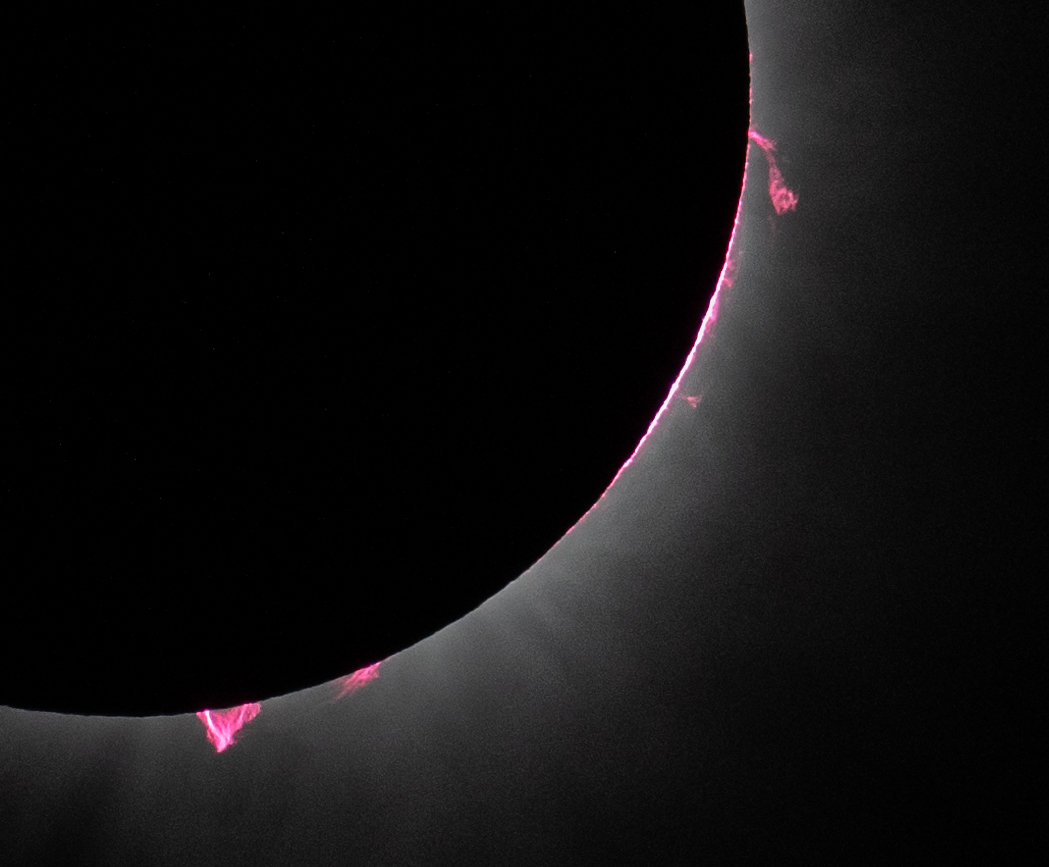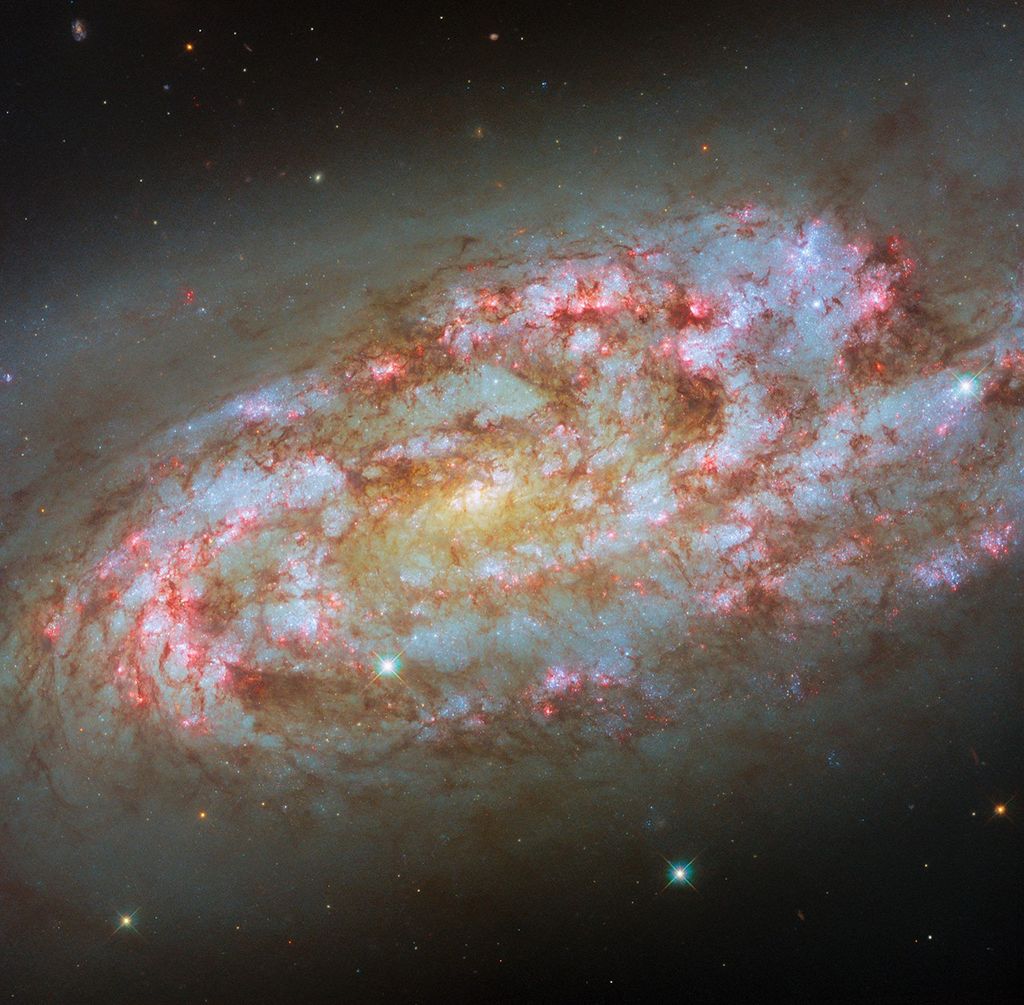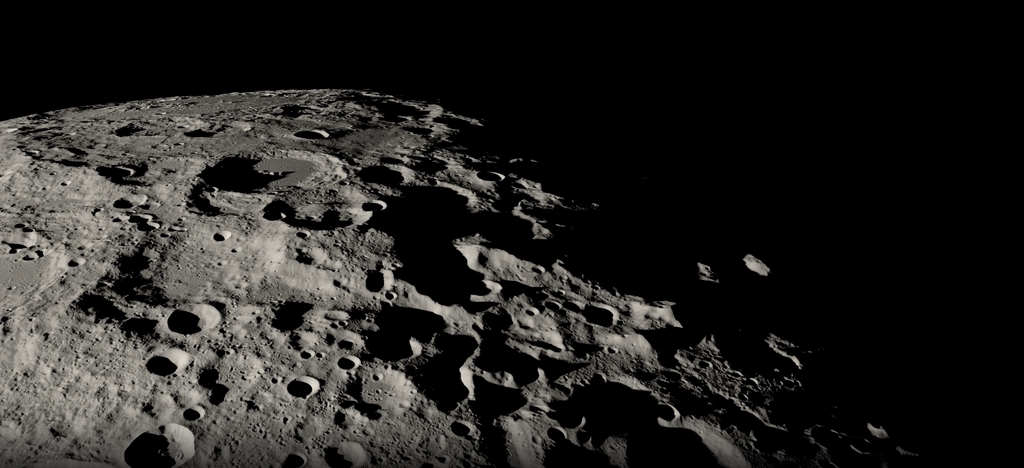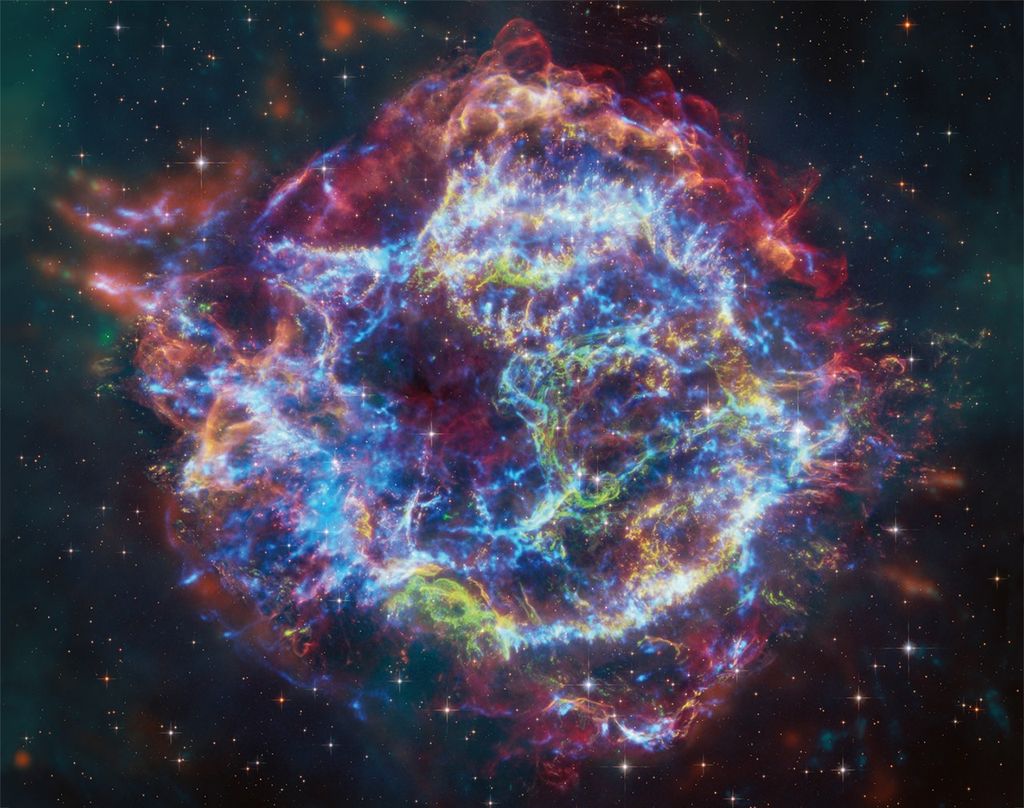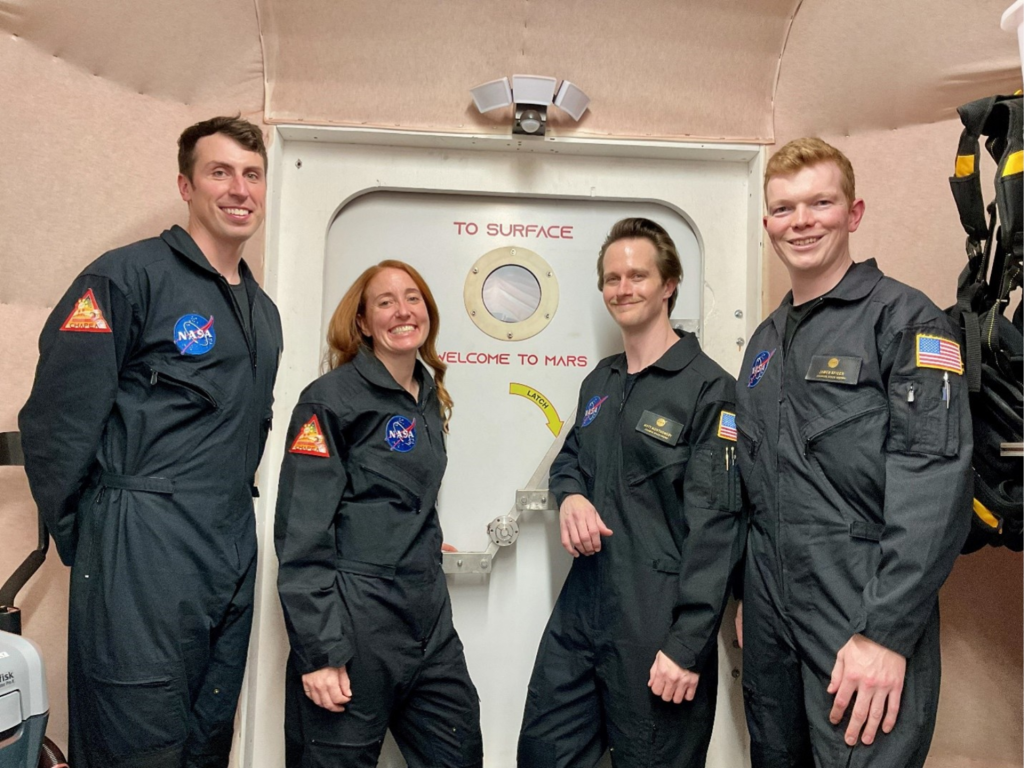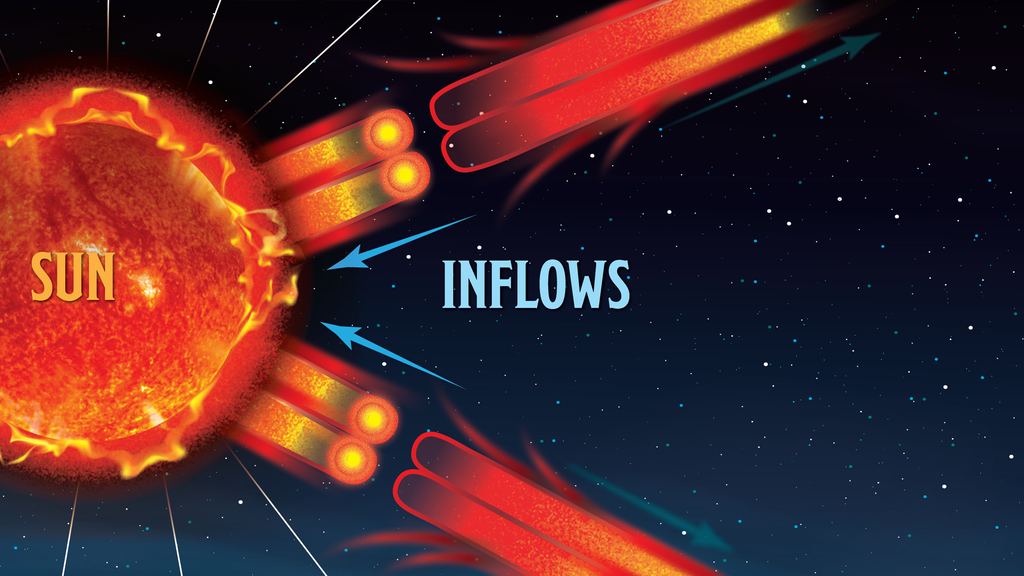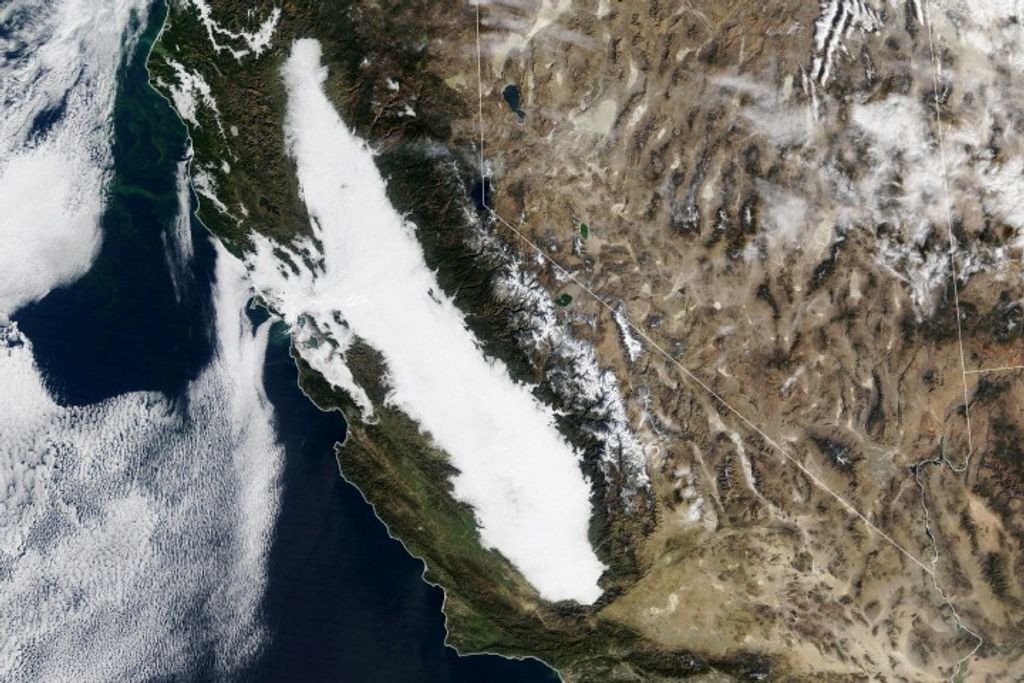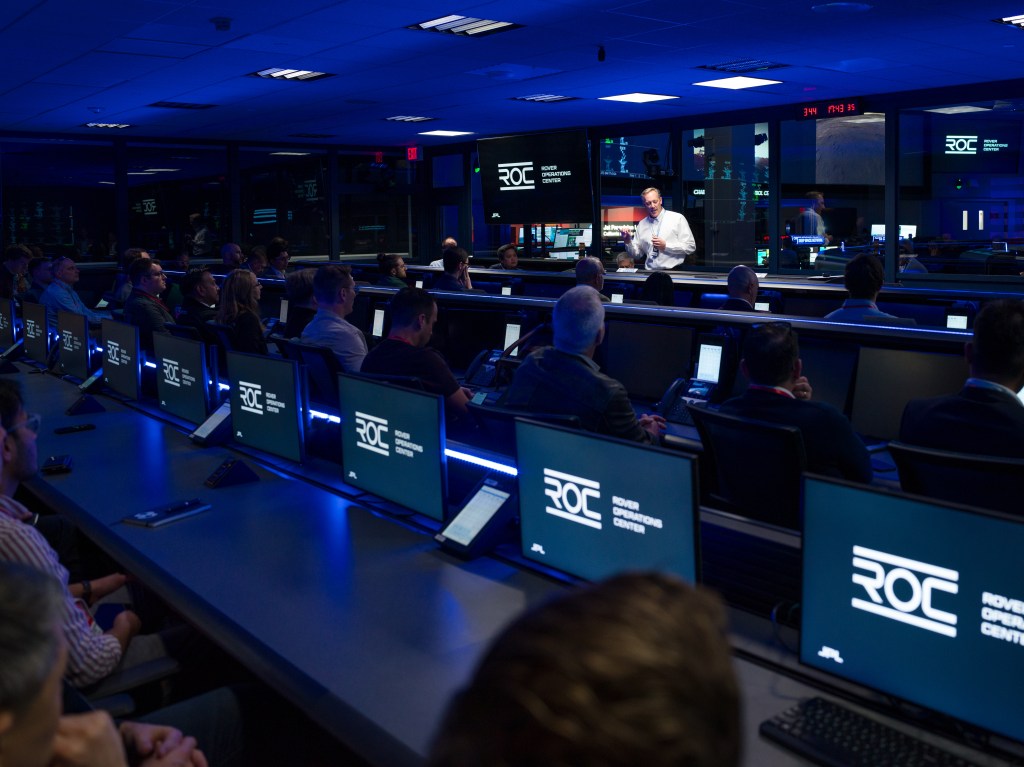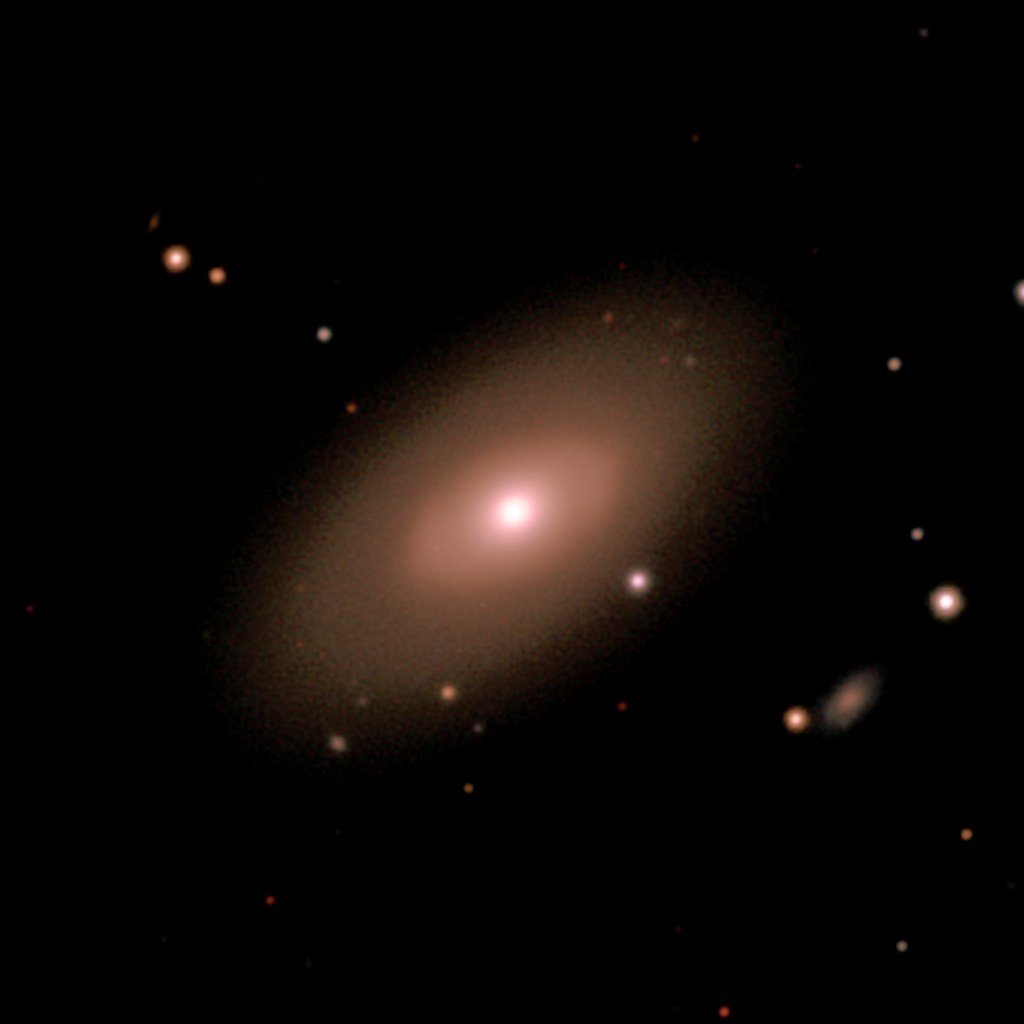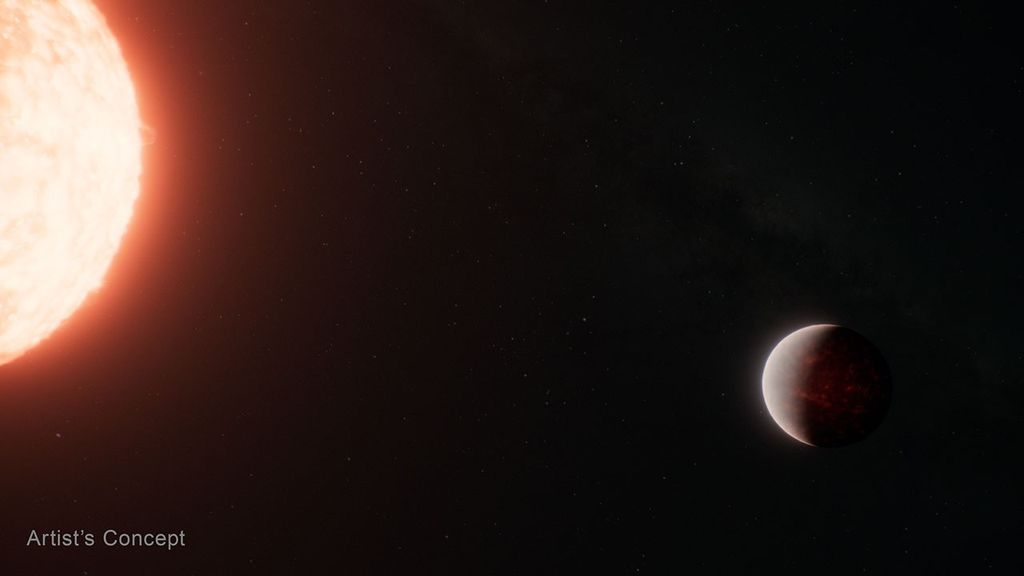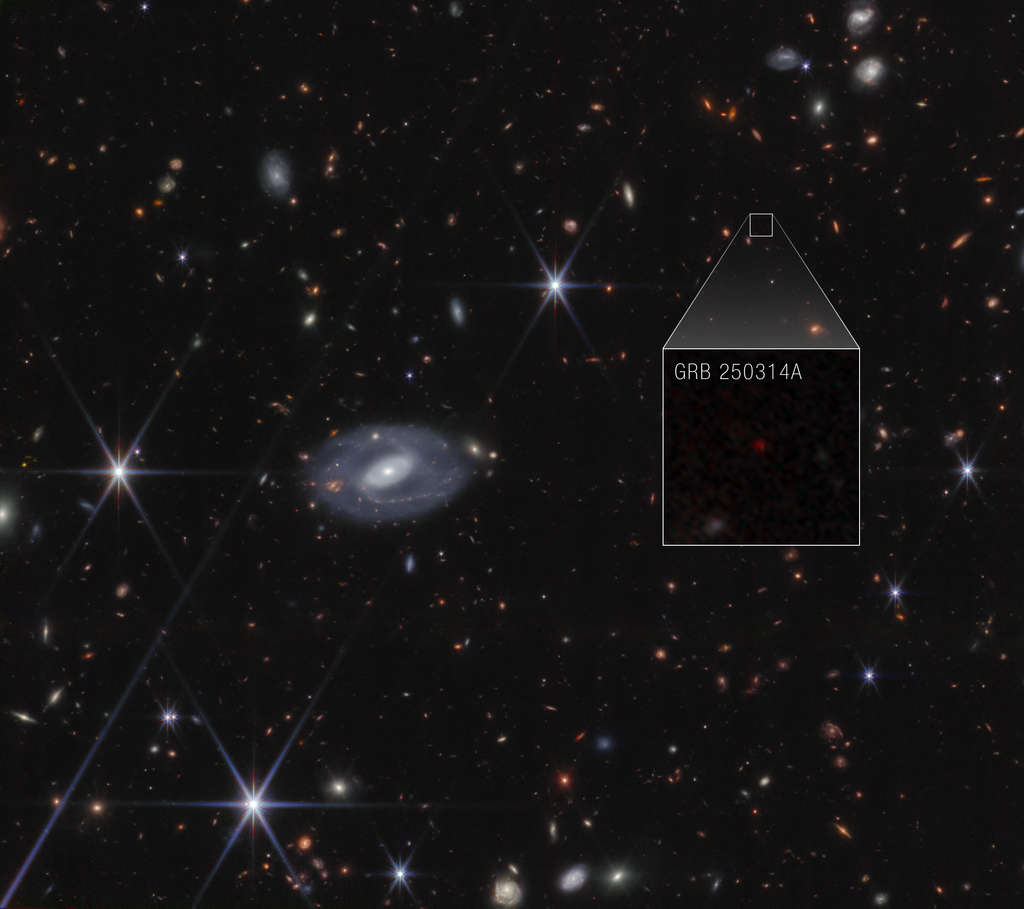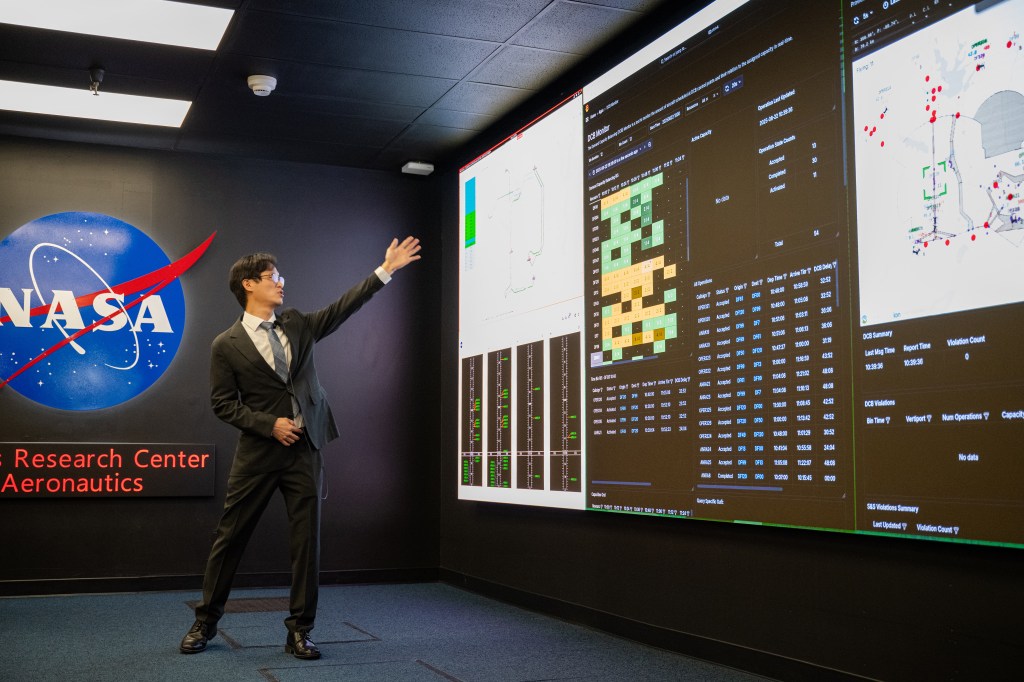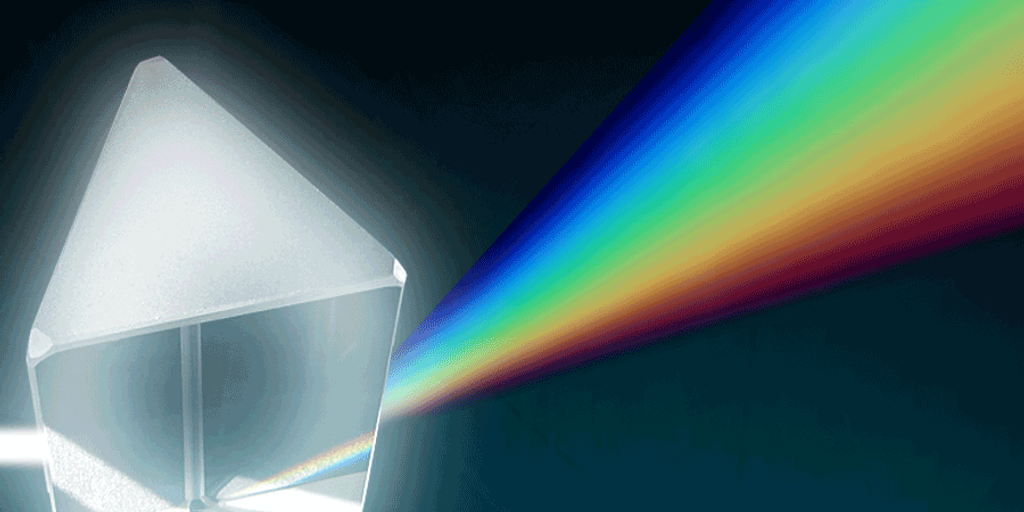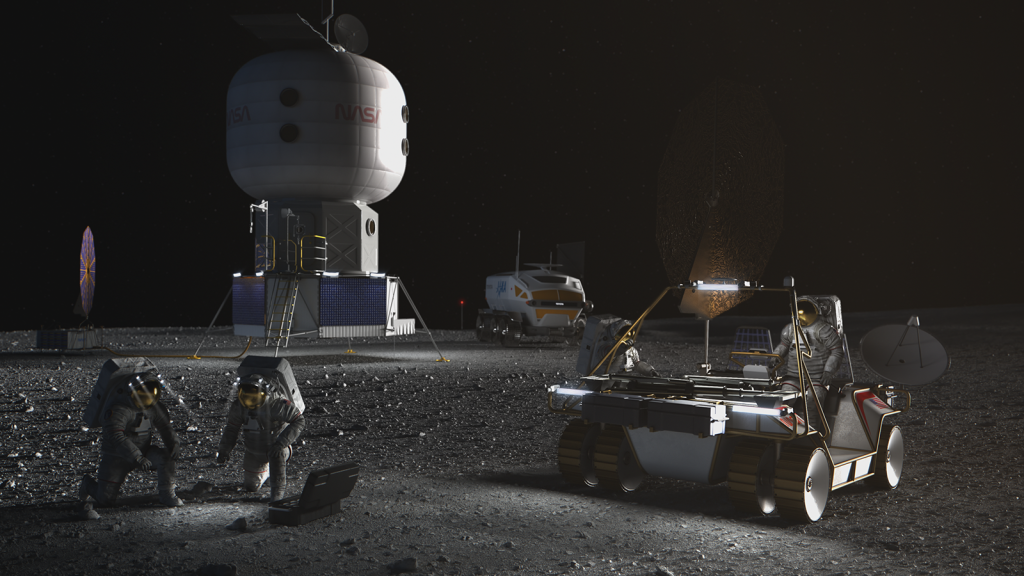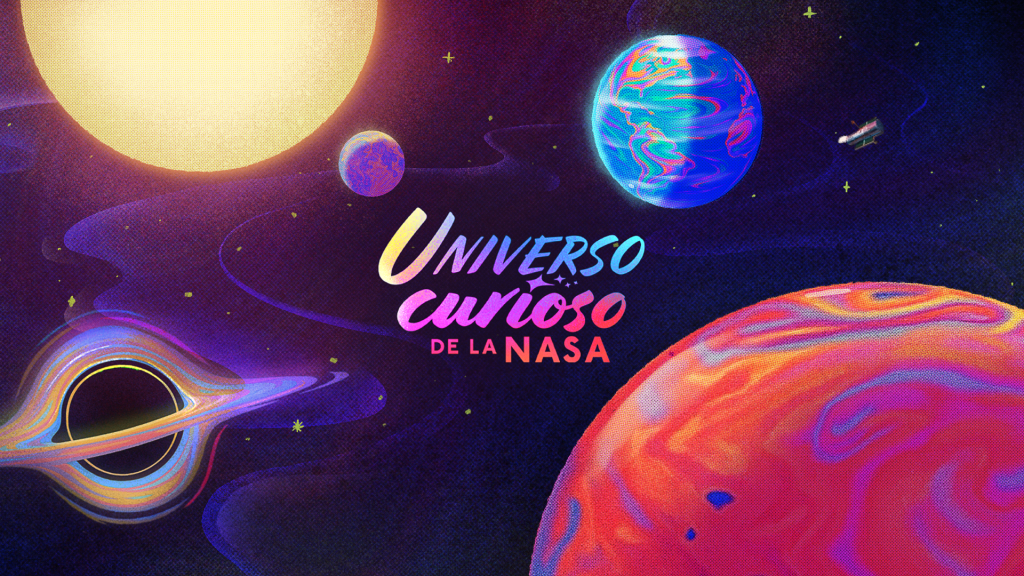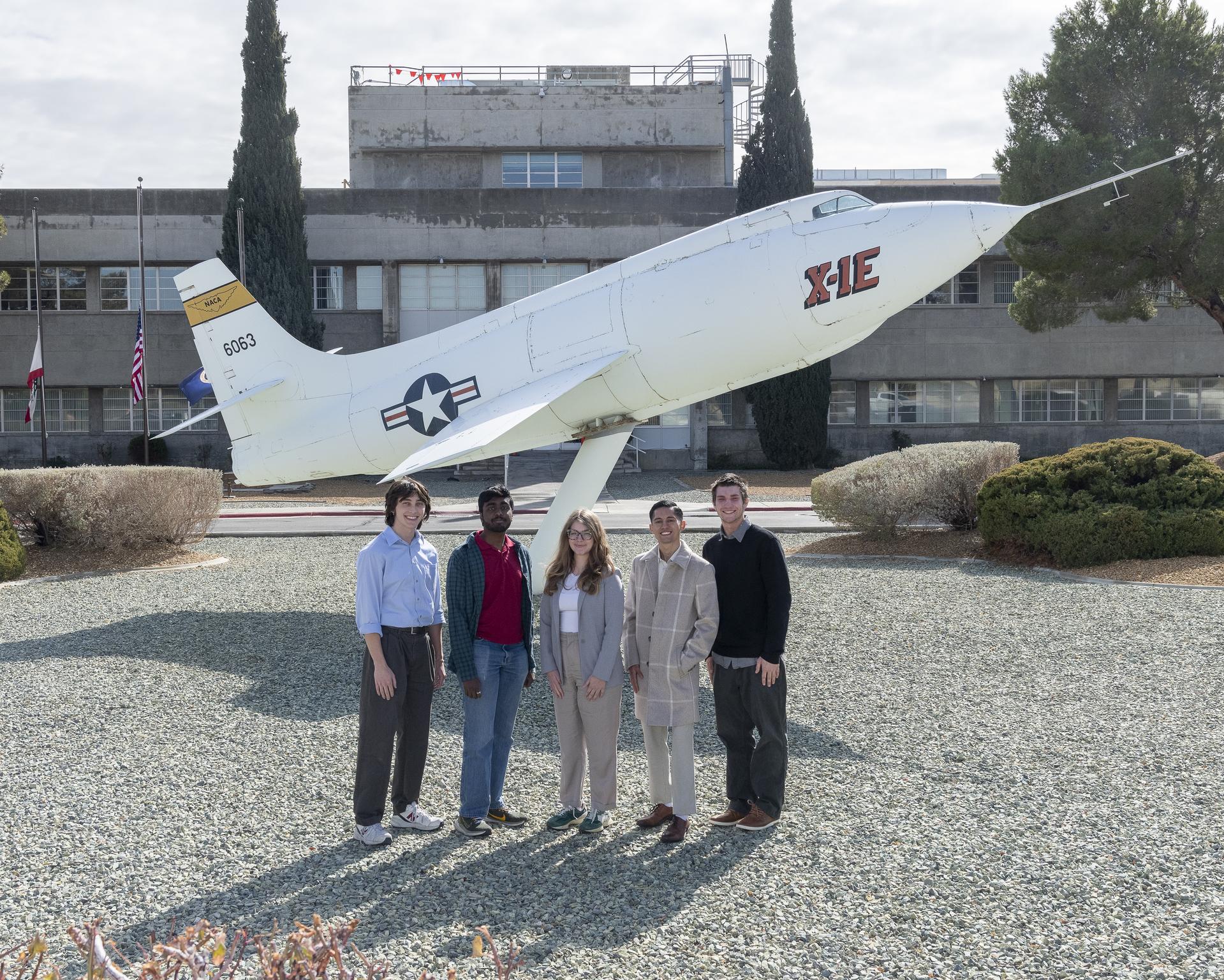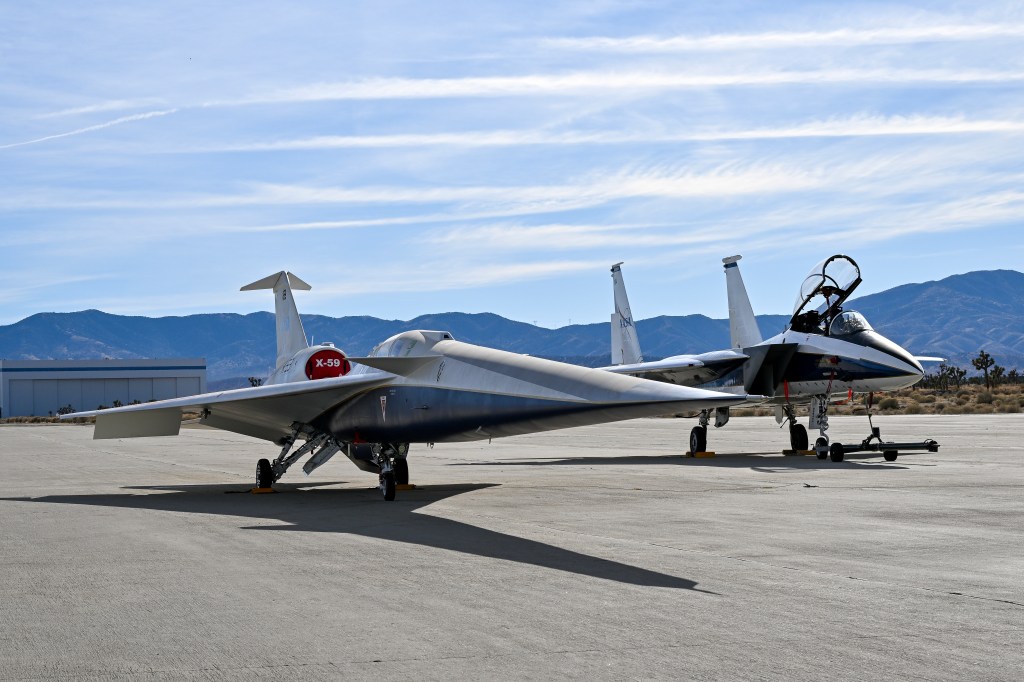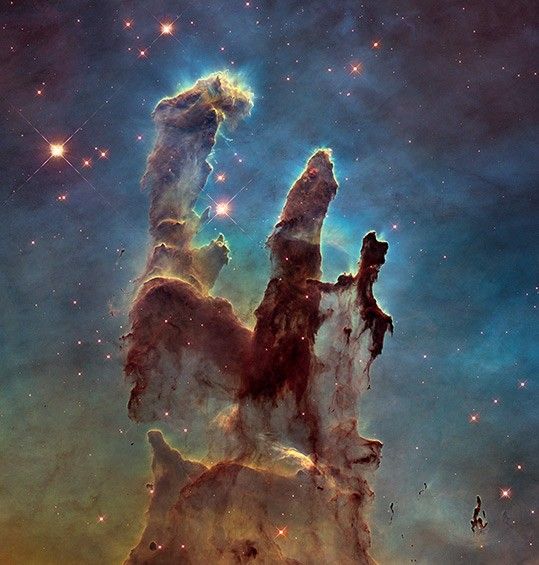1 min read
Too Close for Comfort

This Hubble Space Telescope view of the core of one of the nearest globular star clusters, called NGC 6397, resembles a treasure chest of glittering jewels. The cluster is located 8,200 light-years away in the constellation Ara.
Here, the stars are jam-packed together. The stellar density is about a million times greater than in our Sun's stellar neighborhood. The stars are only a few light-weeks apart, while the nearest star to our Sun is over four light-years away.
The stars in NGC 6397 are in constant motion, like a swarm of angry bees. The ancient stars are so crowded together that a few of them inevitably collide with each other once in a while. Near misses are even more common. Even so, collisions only occur every few million years or so. That's thousands of collisions in the 14-billion-year lifetime of the cluster.
These Hubble images were taken for a research program aimed at studying what is left behind when such collisions and near misses occur. When direct collisions occur, the two stars may merge to form a new star called a "blue straggler"; these hot, bright, young stars stand out among the old stars that make up the vast majority of stars in a globular cluster. Several such bright blue stars are visible near the center of the cluster in the Hubble Heritage image.
If two stars come close enough together without actually colliding, they may "capture" each other and become gravitationally bound. One type of binary that might form this way is a "cataclysmic variable"- a pairing of a normal, hydrogen-burning star and a burned-out star called a white dwarf. In a binary system, the white dwarf will pull material off the surface of the normal star. This material encircles the white dwarf in an "accretion disk," and eventually falls onto it. The result of this accretion process is that cataclysmic variables are, as the name suggests, variable in brightness. The heat generated by the accreting material also generates unusual amounts of ultraviolet and blue light.
To search for cataclysmic variables, the program consisted of a series of 55 images of the cluster taken over a period of about 20 hours. Most of the images were taken in ultraviolet and blue filters; a few images were also taken at green and infrared wavelengths. By comparing the brightness of all the stars in all the images, the Hubble astronomers were able to identify several cataclysmic variable stars in the cluster. Comparison of their brightness in the different filters confirmed that they were emitting copious amounts of ultraviolet light. A few of these stars can be seen in the Hubble Heritage image as faint blue or violet stars.
One of the more intriguing results of this study was completely unexpected. Three faint blue stars can be seen near the center of the cluster - in the Hubble Heritage image they appear turquoise. These three stars don't vary in brightness at all, and were clearly not cataclysmic variables. These stars may be very-low-mass white dwarfs, formed in the cores of giant stars whose evolution is somehow interrupted before a full-fledged white dwarf has time to form.
Such an interruption might occur as the result of a stellar collision or an interaction with a binary companion. When a giant star interacts with another star, it can lose its outer layers prematurely, compared to its normal evolution, exposing its hot, blue core. The end result will be a white dwarf of a smaller mass than would have otherwise ensued. In any case, these unusual stars are yet more evidence that the center of a dense globular cluster is a perilous place to reside.
A large number of normal white dwarfs were also identified and studied. These stars appear throughout the cluster, since they form through normal stellar evolution processes and don't involve any stellar interactions, which occur predominantly near the cluster center. Nearly 100 such burned-out stars were identified in these images, the brightest of which can be seen here as faint blue stars.
This Hubble image is a mosaic of two sets of images taken several years apart by the Wide Field Planetary Camera 2. Archival data from science teams led by Jonathan Grindlay (Harvard University) and Ivan King (University of California, Berkeley), taken in 1997 and 1999, were combined with Hubble Heritage data taken in 2001. Adrienne Cool (San Francisco State University), who was also on both archival science teams, worked with the Hubble Heritage team to acquire the new observations.
About the Object
- R.A. PositionR.A. PositionRight ascension – analogous to longitude – is one component of an object's position.17h 40m 41.35s
- Dec. PositionDec. PositionDeclination – analogous to latitude – is one component of an object's position.-53° 40' 25.29"
- ConstellationConstellationOne of 88 recognized regions of the celestial sphere in which the object appears.Ara
- DistanceDistanceThe physical distance from Earth to the astronomical object. Distances within our solar system are usually measured in Astronomical Units (AU). Distances between stars are usually measured in light-years. Interstellar distances can also be measured in parsecs.8,200 light-years (2.5 kiloparsecs)
- DimensionsDimensionsThe physical size of the object or the apparent angle it subtends on the sky.This image is roughly 2 arcminutes (3.8 light-years or 1.2 parsecs) wide.
About the Data
- Data DescriptionData DescriptionProposal: A description of the observations, their scientific justification, and the links to the data available in the science archive.
Science Team: The astronomers who planned the observations and analyzed the data. "PI" refers to the Principal Investigator.These images were created from HST data from the following proposals: 9313: K. Noll (STScI), A. Cool (SFSU), J. Anderson (Rice), I. King (U. Washington), L. Frattare, H. Bond, C. Christian, F. Hamilton, Z. Levay, T. Royle (STScI) 7335: J. Grindlay (Harvard U.), A. Cool (SFSU), C. Bailyn (Yale U.), H. Cohn and P. Lugger (Indiana U.) 5929: I. King (U. Washington), A. Cool (SFSU), C. Sosin (UCB), H. Cohn and P. Lugger (Indiana U.), J. Grindlay (Harvard U.), P. Callanan (UCC), and C. Bailyn (Yale U.). Significant contributions to the science were also made by A. Bolton (MIT), J. Taylor (Harvard U.), and P. Edmonds (CfA). - InstrumentInstrumentThe science instrument used to produce the data.HST>WFPC2
- Exposure DatesExposure DatesThe date(s) that the telescope made its observations and the total exposure time.March 6 - 7, 1996, April 3 - 4 1999, and November 4, 2001, Exposure Time: 7 hours
- FiltersFiltersThe camera filters that were used in the science observations.F336W (I), F439 (B), and F814W (U)
- Object NameObject NameA name or catalog number that astronomers use to identify an astronomical object.NGC 6397
- Object DescriptionObject DescriptionThe type of astronomical object.Globular Cluster
- Release DateAugust 7, 2003
- Science ReleaseToo Close for Comfort
- Credit

Related Images & Videos
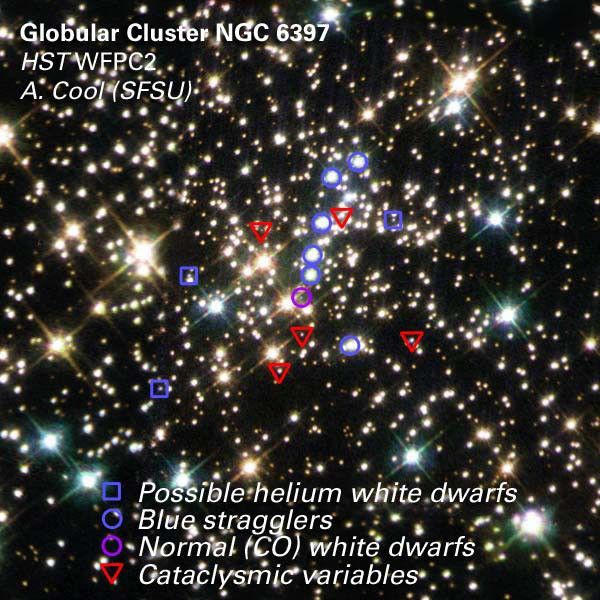
Stars Identified in the Center of NGC 6397
Four types of stars reside within the center of the globular cluster NGC 6397. They have been identified in the accompanying image as: 1) helium white dwarfs; 2) blue stragglers; 3) normal white dwarfs; and 4) cataclysmic variables. 1) Helium white dwarfs (blue squares): Three...
Share
Details
Claire Andreoli
NASA’s Goddard Space Flight Center
Greenbelt, Maryland
claire.andreoli@nasa.gov


